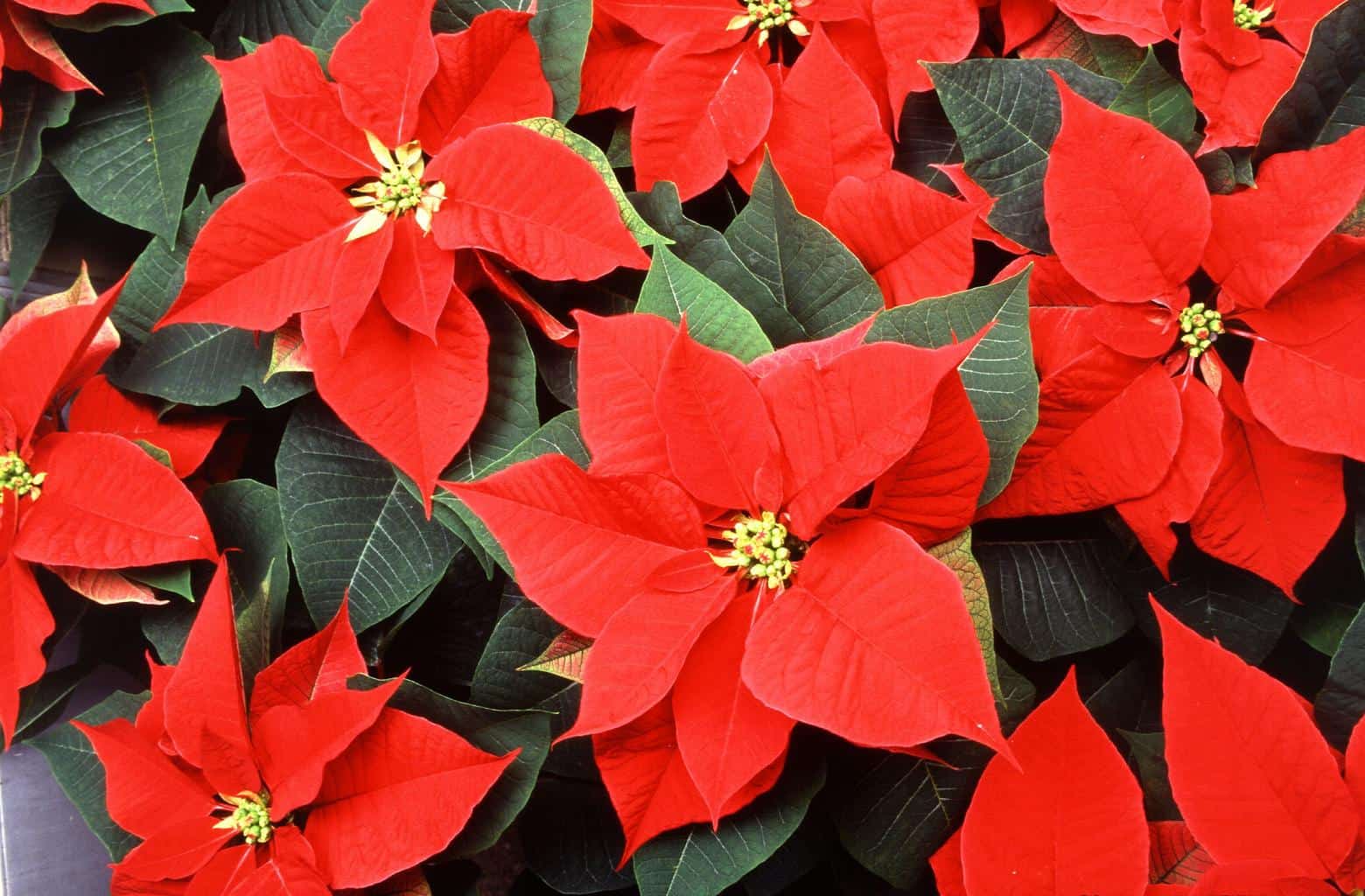The Hanging Lobster Claw (Heliconia rostrata) is a stunning tropical flower that grows throughout the Caribbean and South American regions. Known for its bright, showy bracts and red-yellow tipped blooms, it is sometimes referred to as the False Bird of Paradise and is a popular choice for gardeners in these particular regions.
Etymology
The genus name for this flower, Heliconia, originates from the mountain Helicon, located on the outskirts of ancient Greece. This mountain was believed to be where Apollo, the god of sun and music, and the Muses, the goddesses of Literature and Arts, would gather together and recite beautiful stories.
How to Plant
Hanging Lobster Claws are easy to care for, preferring temperatures between 70 and 90 degrees Fahrenheit. It can be planted both outdoors and indoors and should be placed in a shaded to semi-shaded area with bright, indirect sunlight. They can be planted in soil with a pH between 5 and 7.5, with a moderate amount of water but should never be saturated. Depending on the strength of the sun, it may need protection from the elements.
Meaning and Symbolism
The bold, vibrant beauty of the Hanging Lobster Claw is an excellent representation of joy and celebration. Its gorgeous, outstretched petals, resembling the claws of a lobster, have been known to symbolize grace, strength, and new beginnings all at once. When gifting this flower, it is the perfect way to bring the recipient anew and is sure to be welcomed with enthusiasm.
History, Mythology, and Religious Significance
The Hanging Lobster Claw is said to trace its origin from as far as the ancient Greeks, believed to have been found in the lands of Arabia. According to the mytholgical accounts, these flowers were used to honor the Goddess Aphrodite, a symbol of love and beauty. It is commonly used during the Easter holiday in Europe where it is a renowned symbol of reconciliation and a reminder of the resurrection of Jesus.
Flower Varieties and Their Defining Characteristics
The Heliconia rostrata distinctly has a red and yellow color pattern, but there is a wide variety of different colors and sizes to choose from. Certain varieties such as ‘Paradise Pink’, ‘Golden Torch’, and ‘Hanging Basket Red’ all have coral to pink-ish bracts with yellow-green tips and can reach up to six feet in height. On the other hand ‘Raspberry’ with its raspberry colors and yellow edges have bracts that fill up to five feet by five feet. Another popular variety is the ‘Lava Flow’, characterized by its eye-catching fuchsia colors and darker edges.
How to Pot and Repot
Potted Hanging Lobster Claws are some of the most economical ways to enjoy this flower. To ensure the best results, use containers that allow for plenty of water to drain and use potting mix that encourages the plant to absorb moisture and stay healthy. Choose the proper size container for your flower based on its growth rate, and during the early stages, repot the flower in a bigger one every year or two. In order to make the transition mild, water the soil well a few days prior, and then simply slide out the plant and place it in its new pot.
How to Prune
Pruning is an important step in the maintenance of your Hanging Lobster Claws, as it helps encourages healthy new growth, encourages more fruit-bearing stems, and also helps to control the flower’s size. Pruning should be done when the plant is still in its early stages of growth. Remove damaged, dead and excess leaves with sharp, clean shears. Also, inspect the plant for any diseases and pests and prune and discard any affected parts.
How to Propagate
Propagation of the Hanging Lobster Claw can be done by dividing a young or mature clump or by rooting their seeds and cuttings. Division is only possible during early spring or late summers when the flowers are not active and must be done every two to three years. While propagating by seed, sow on the surface of the soil and keep moist until the seedlings appear, then gradually expose them to more light until ready to plant outdoors. Cuttings should be taken from mature stems, removed of the basal leaves, and planted directly in moist soil.
Common Pests and Diseases
Hanging Lobster Claws are fairly resistant to pests and disease, but they can be affected by a few common issues. This includes powdery mildew, mealybugs, aphids, and cyclamen mites. Larger pests such as birds, caterpillars and slugs can also be an issue. To prevent any of these issues, keep your plant healthy – this includes watering it only when the soil is dry, making sure its environment is balanced, and providing adequate sunlight. Additionally, provide proper air ventilation, clean up any fallen debris or leaves, and avoid overcrowding. Pesticides and fungicides can also be used if the problem does not seem to go away after following these steps.
Frequently Asked Questions about Heliconia rostrata
Q. What is the Lifespan of a Hanging Lobster Claw?
A. The Hanging Lobster Claw is a perennial, meaning it lives for two years or longer. It can be grown indoors in a pot and with proper care can live up to three years or more.
Q. How tall can a Heliconia rostrata grow?
A. Depending on the variety, Heliconia rostrata can reach up to six feet in height.
Q. Are Heliconia rostrata easy to care for?
A. Yes! Heliconia rostrata is relatively easy to maintain and is able to withstand a variety of environments. If given the proper amount of sun, soil, water, and general care, it can live for several years.
Fact Sheet
| Hanging Lobster Claw | Heliconia rostrata |
|---|---|
| Family | Heliconiaceae |
| Plant Type | Perennial |
| Mature Size | Up to 6 feet tall |
| Sun Exposure | Shaded to semi-shaded, bright indirect light |
| Soil Type | Well-drained, moist soil |
| Soil pH | 5.0 to 7.5 |
| Bloom Time | Spring and Summer |
| Flower Color | Red, Yellow, and Pink |
| Hardiness Zones | 10-11 |
| Native Area | Caribbean/South America |
What we love from Amazon this week
Buy these wonderful flowers directly from Amazon:














